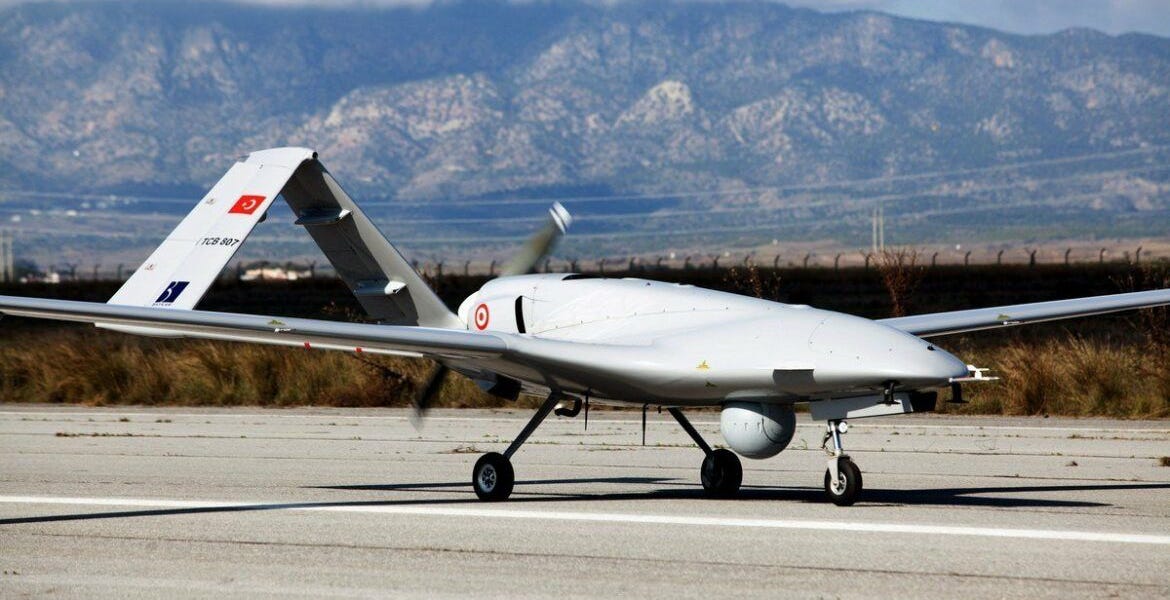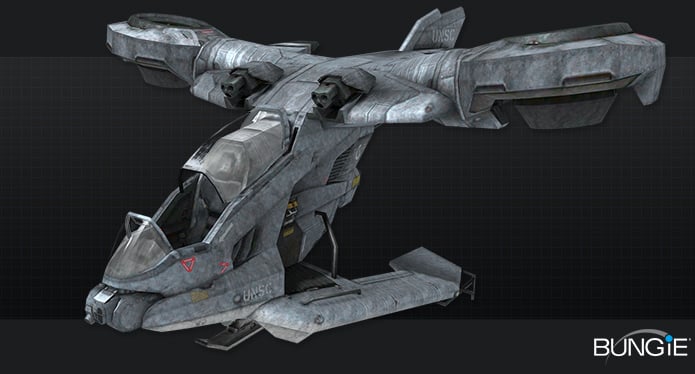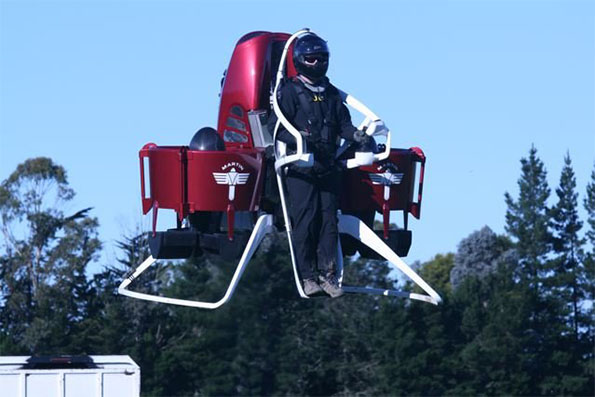Thanks for the calculations, much appreciatedDoing a bit of shorthand calculation (by taking L = W at moment of takeoff....a closely related condition* to stall characteristic you went with) gives a few more results and confirmation:
View attachment 17562
*i.e assuming same stall and same L/W assumes same/similar Coefficient of Lift for both (TB2 and TB3), or more specifically same Cl.alpha...i.e same wing performance)
i.e we get about 22 meter wingspan and 21 square metre wing area for TB3...which compares favourably to the dimension increases of MQ-1 to MQ-9 (which have same coefficient similarity if you look at line drawings).
It must be noted/compared that when MQ-1 was scaled up to MQ-9 we can see much larger thrust ratio increase rather than just a doubling (as you suggest)...as I have noted in the left page above....in their case it was 8x thrust for 4x weight increase.
Thus if TB3 goes with say a quad-multiplier (for thrust) for its doubling of weight from TB2....by your a = F/m calc we would get an effective max possible a of 4/1.85 times....say roughly 2a for TB3. To achieve same take-off velocity (by same CL for wing essentially, scaled ceterus paribus)....you might actually reduce the take-off distance by half (i.e 150m) if turkey follows same kind of thrust-scaling regime that MQ-1 ---> MQ-9 went for.
The wingspans, areas etc all match up favourably between the two families so this could be an option.
Further things to add:
- the maximum vertical (or H 1/3) acceleration of the platform at a given sea-state, presumed to be operating, this will be derived by obtaining response at wave conditions.
- the maximum side-ways or cross-wind (or at H 1/3) at given sea-state, presumed to be operating, can be obtained directly from wind spectrums and possible wind profile at the elevated height.
If values are not satisfied for sea-state 3 but lets assume satisfied for 2,then it means UAV operations can be only conducted up to sea state 2.
Sea state, for the above explained reason is what limiting aerial operations on ships. I know some people would tell " that ship is 20k +tons dude how come waves affect it", and here i say, "Don't underestimate power of buoyancy lifting 20k tons"
It won't be easy for sure, and definitely they will need a launcher system so i got my popcorn and waiting how they will handle it.
So far i can tell a few things: these are calculate for the worst-case scenario. People would like to add +20 knots because of the ship's forward motion as the best case scenario but this is not constant, the ship may rest at mid-sea or might be traveling at flotilla speed (14-15 knots) or even at 6-7 knots slow speed. the UAVs should be able to take-off and land at the worst case scenario for a given sea-state.
It is mainly a probabilistic evaluation, but lets say if it satisfied by %80+ (giving a made-up value, not the actual Turkish Navy requires), then it is referred as a "pass"
Last edited:














